Customer Services
Copyright © 2025 Desertcart Holdings Limited
Desert Online General Trading LLC
Dubai, United Arab Emirates
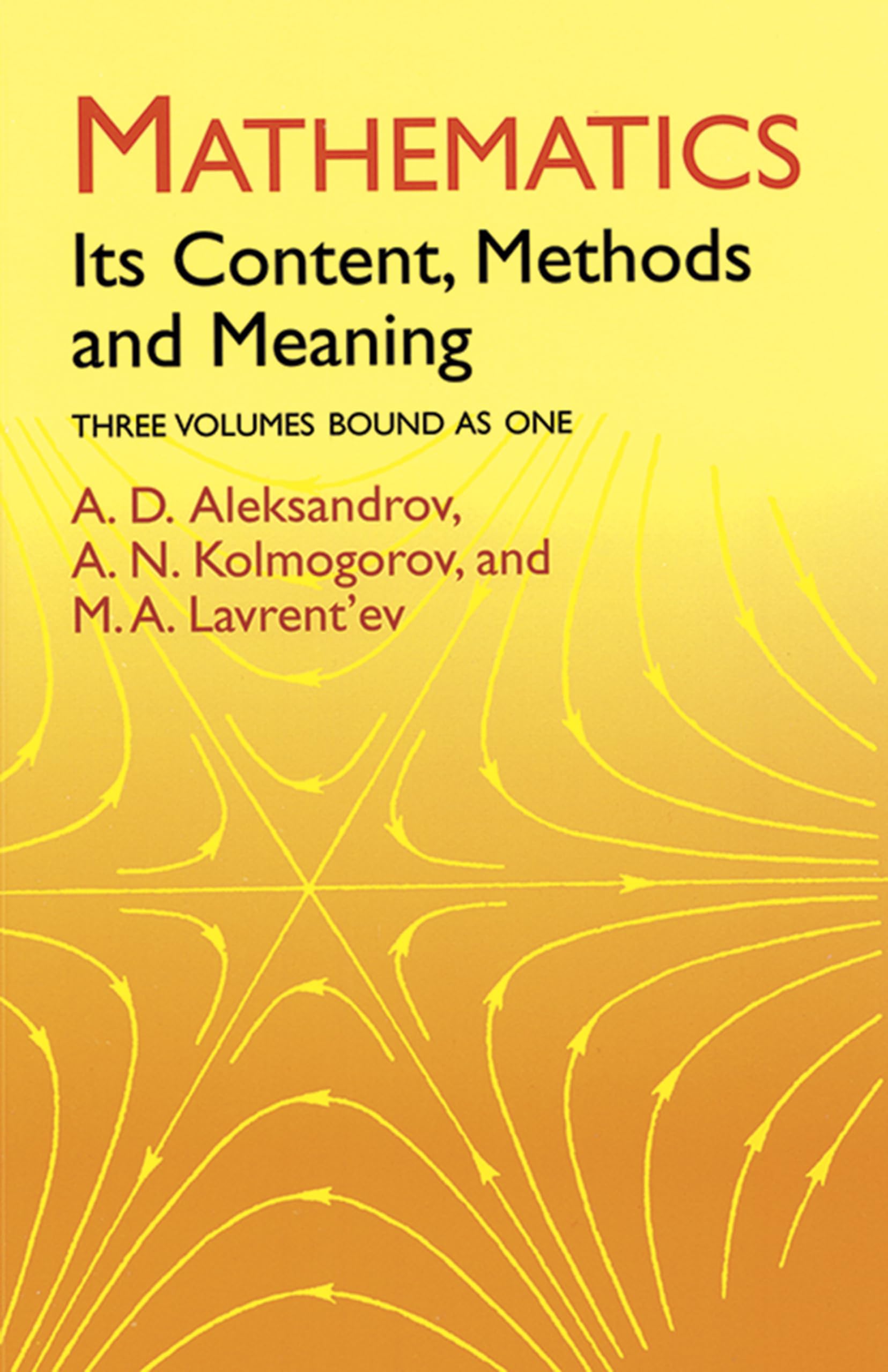

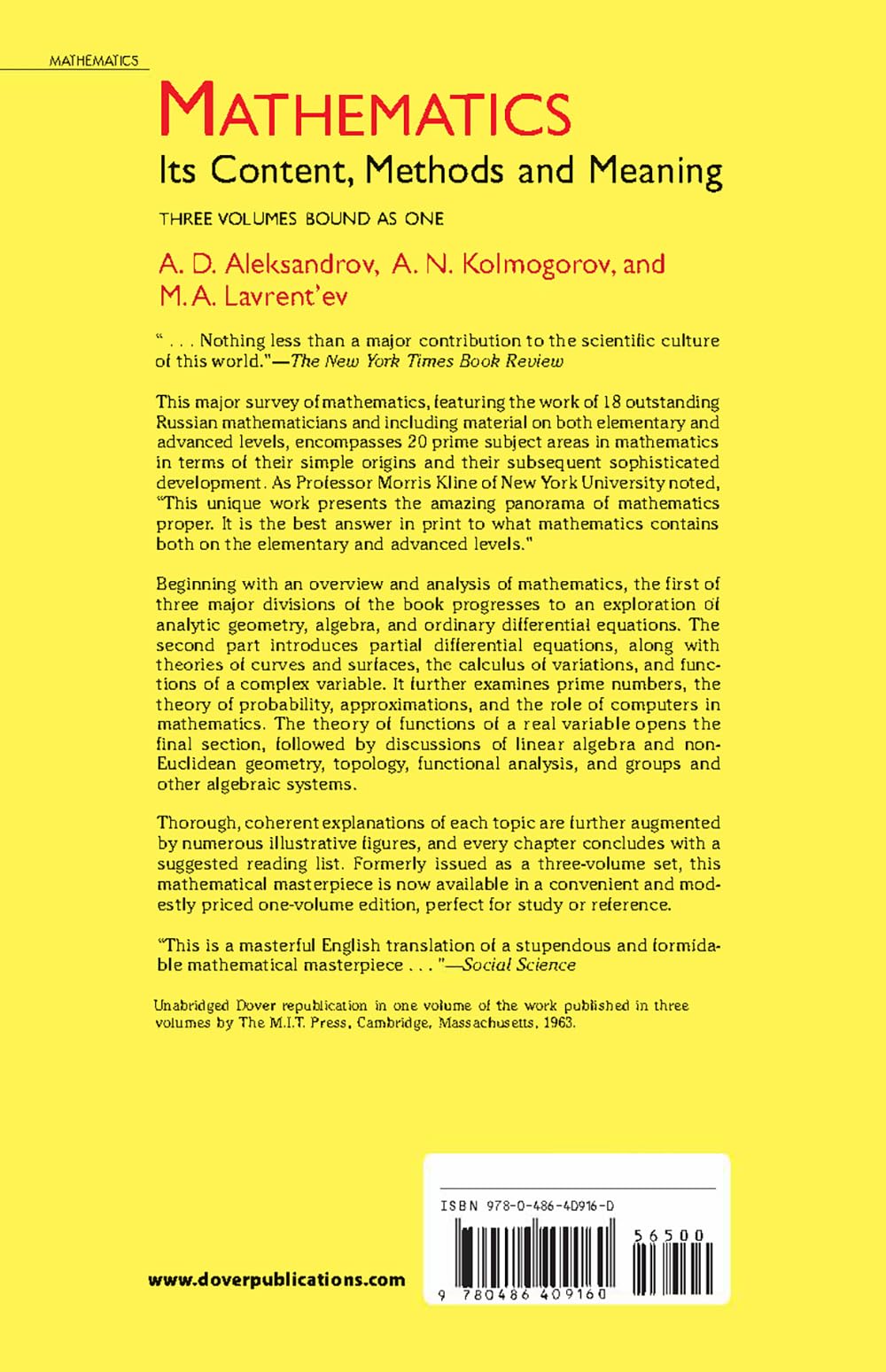
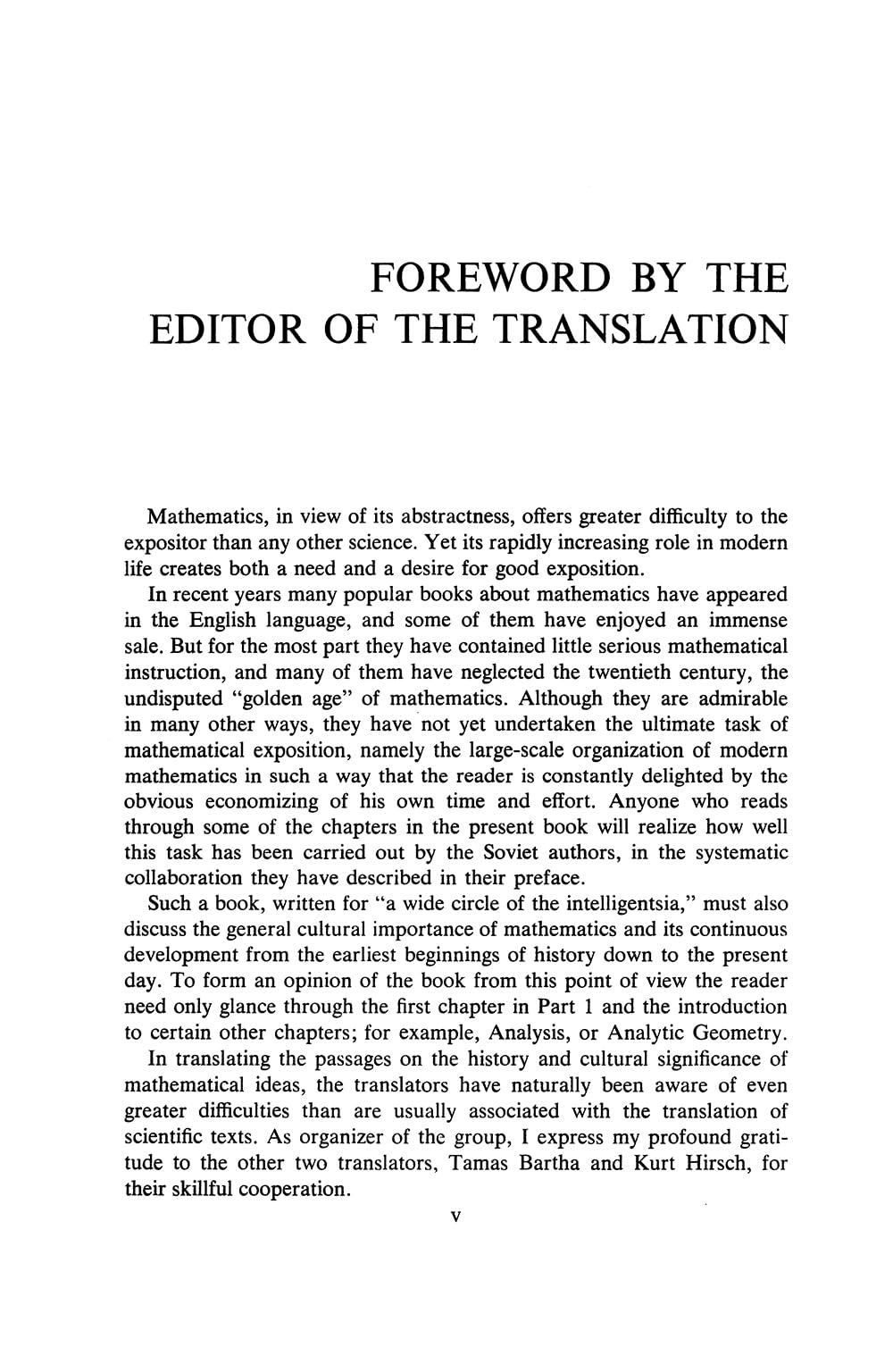
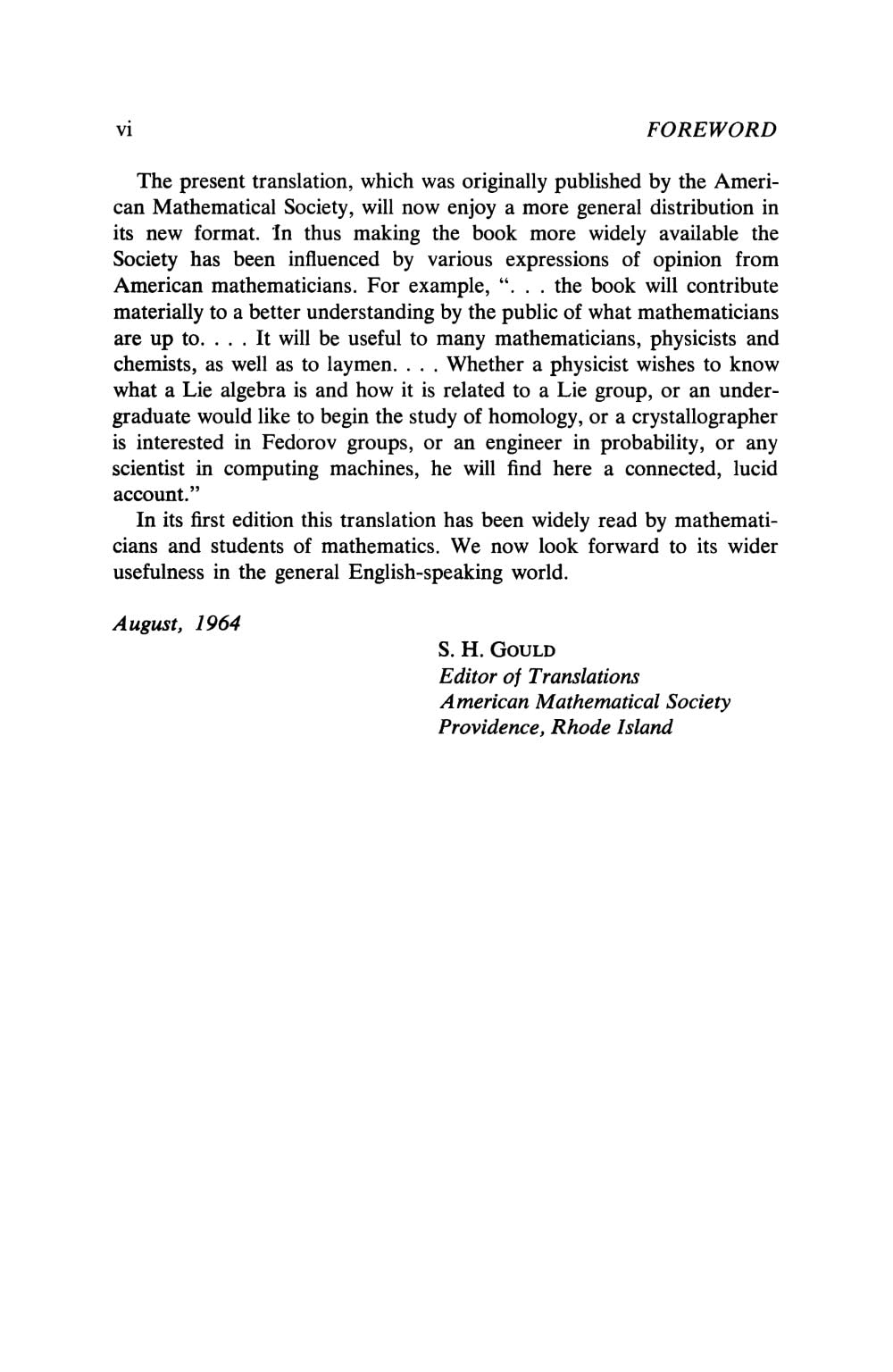
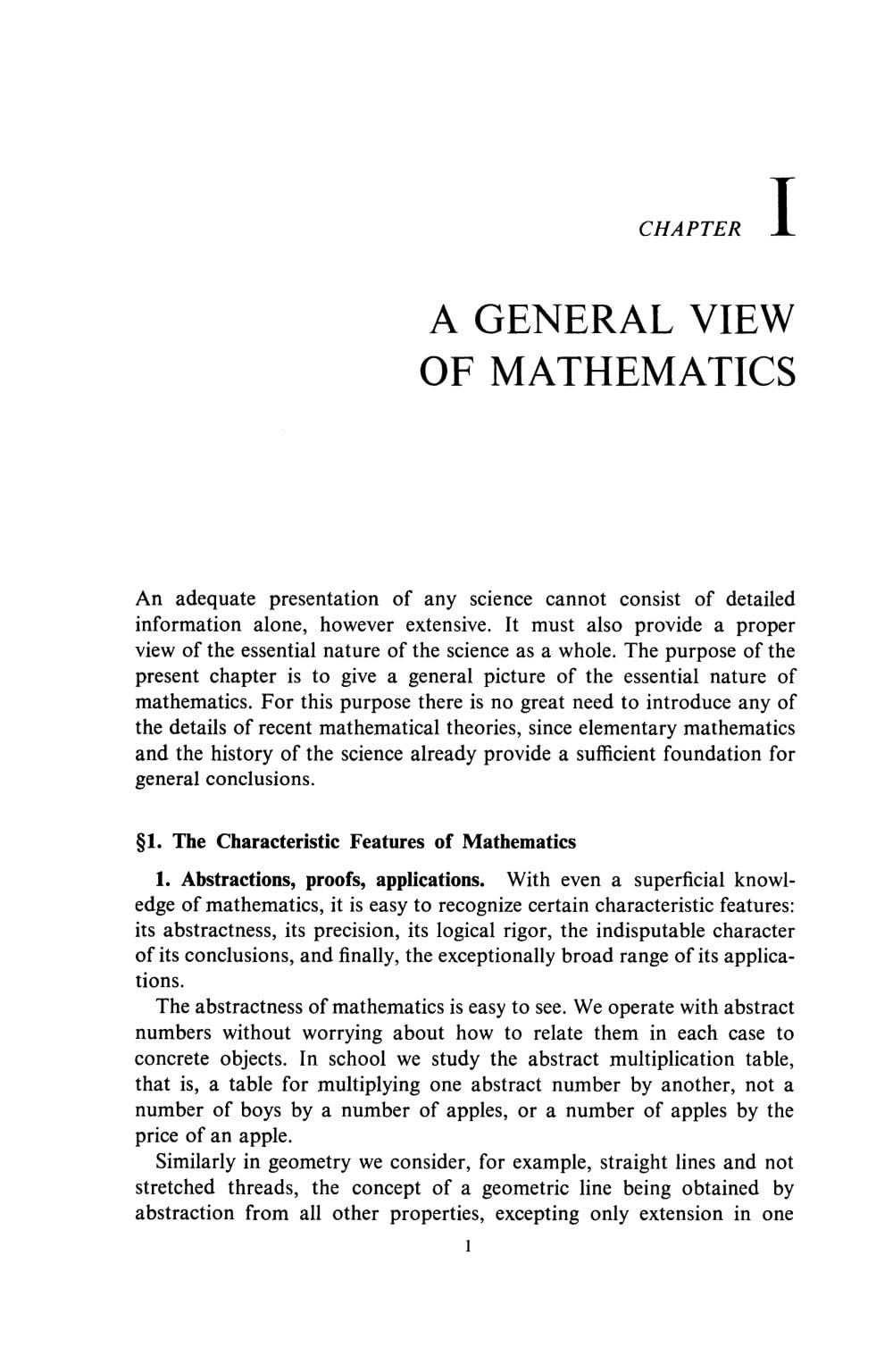
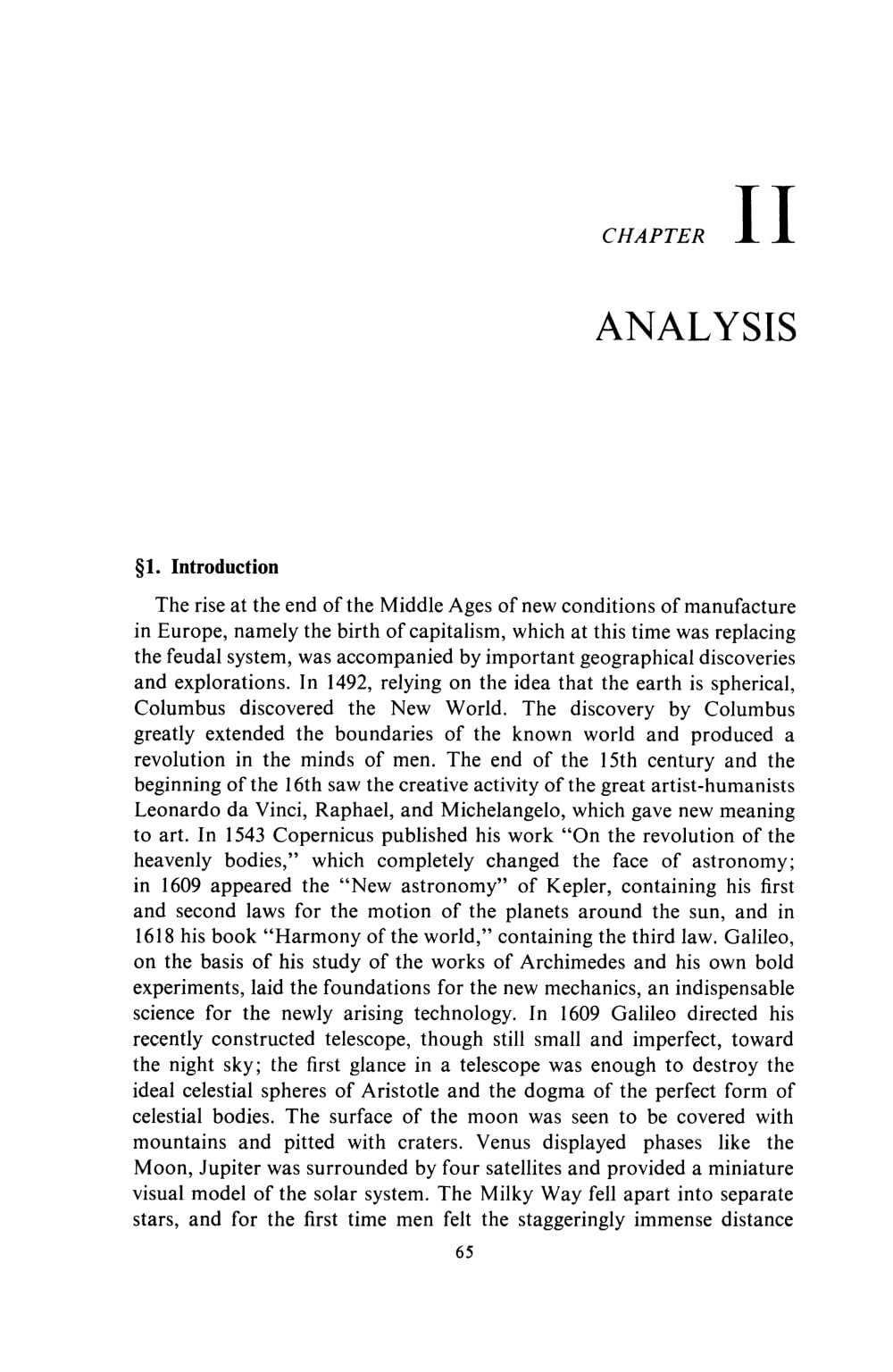
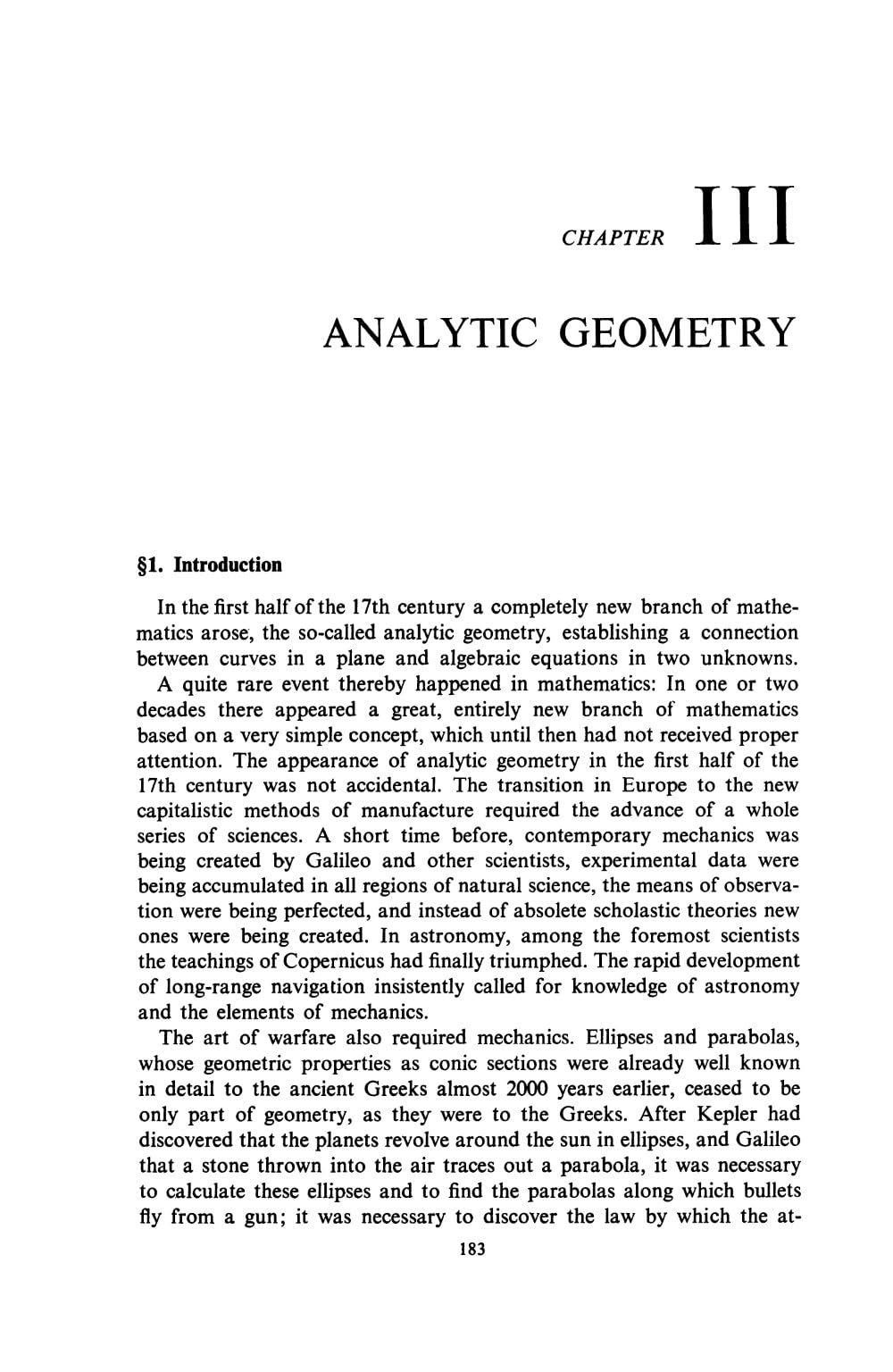
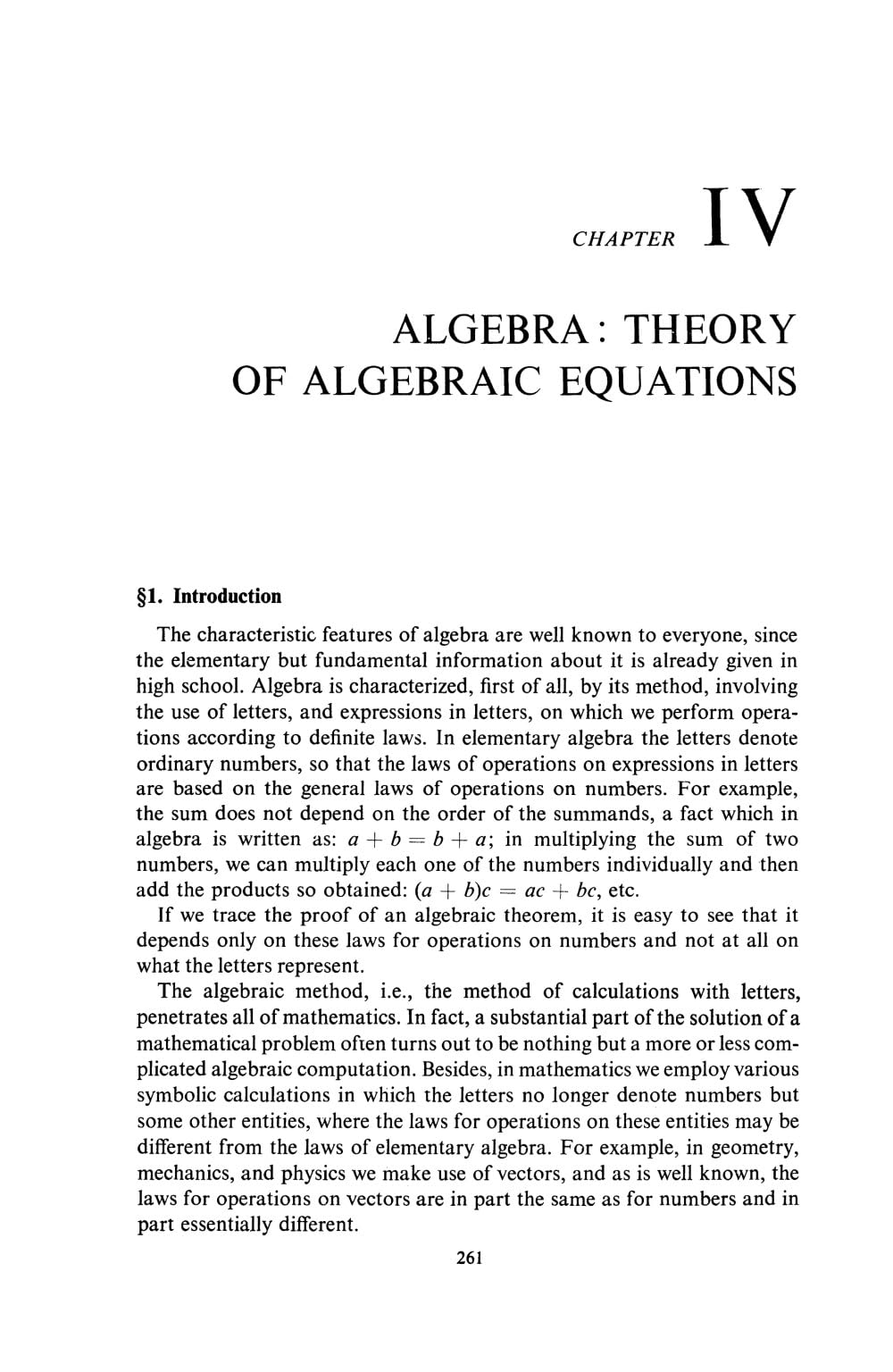

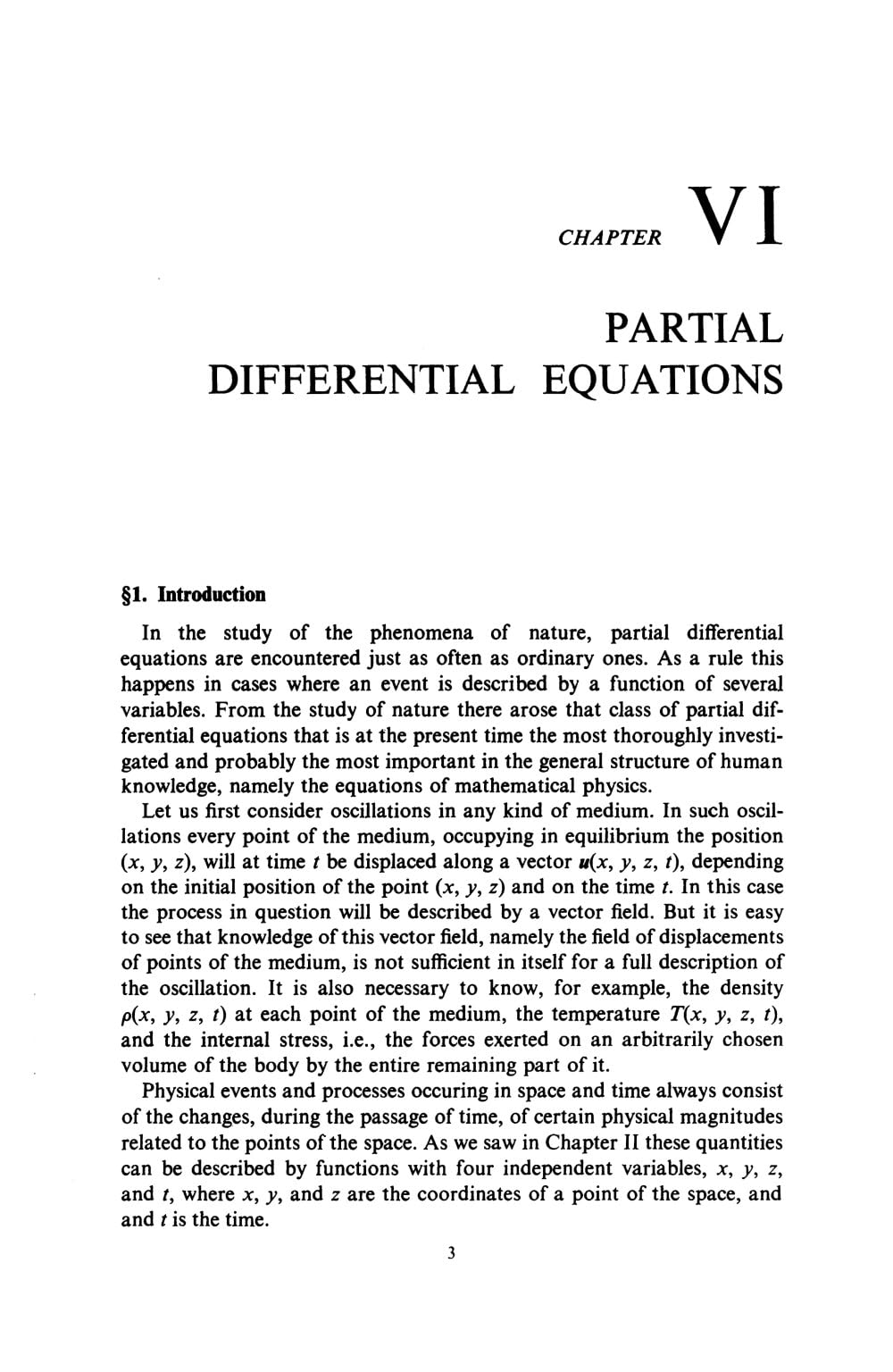
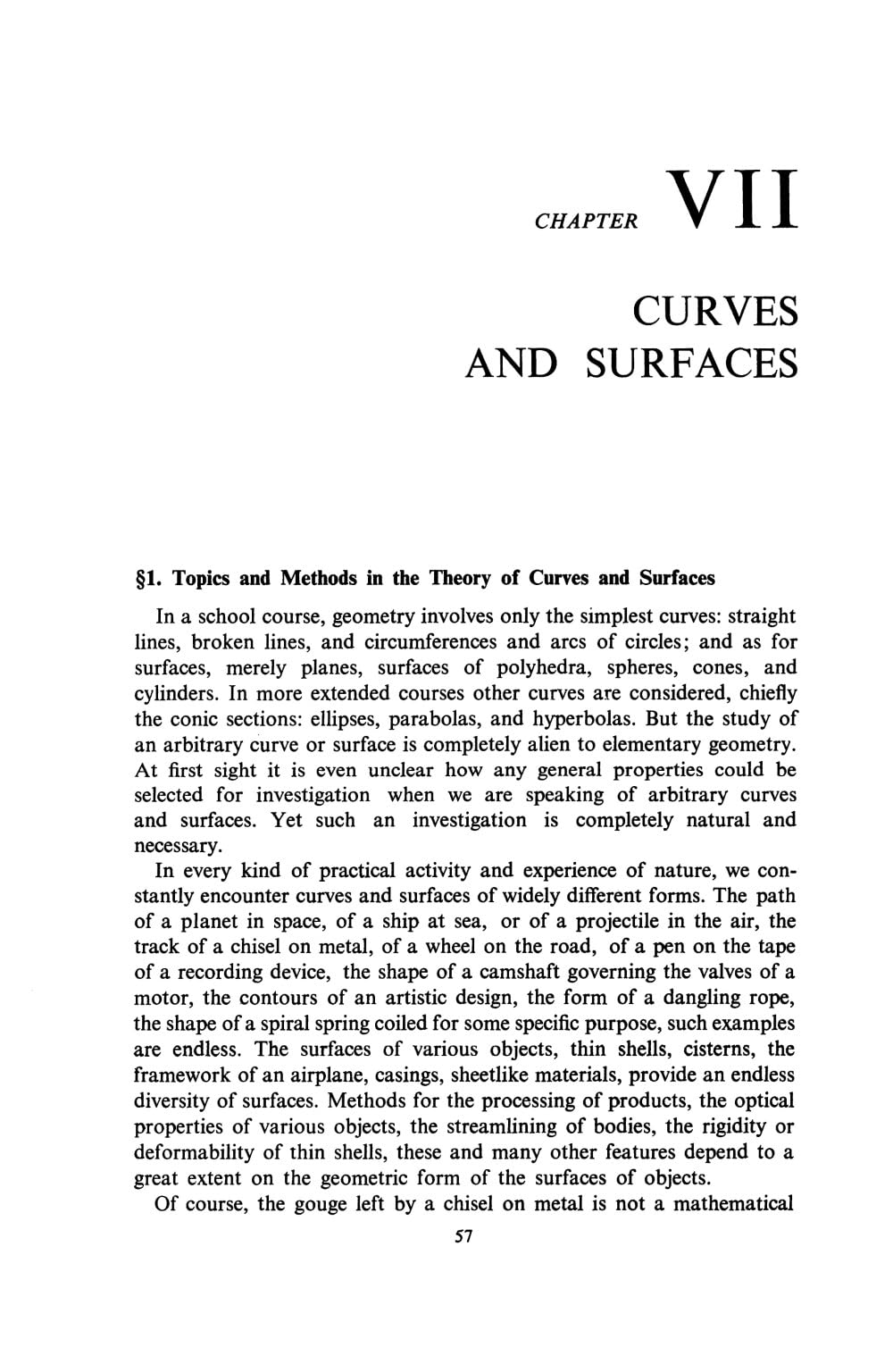
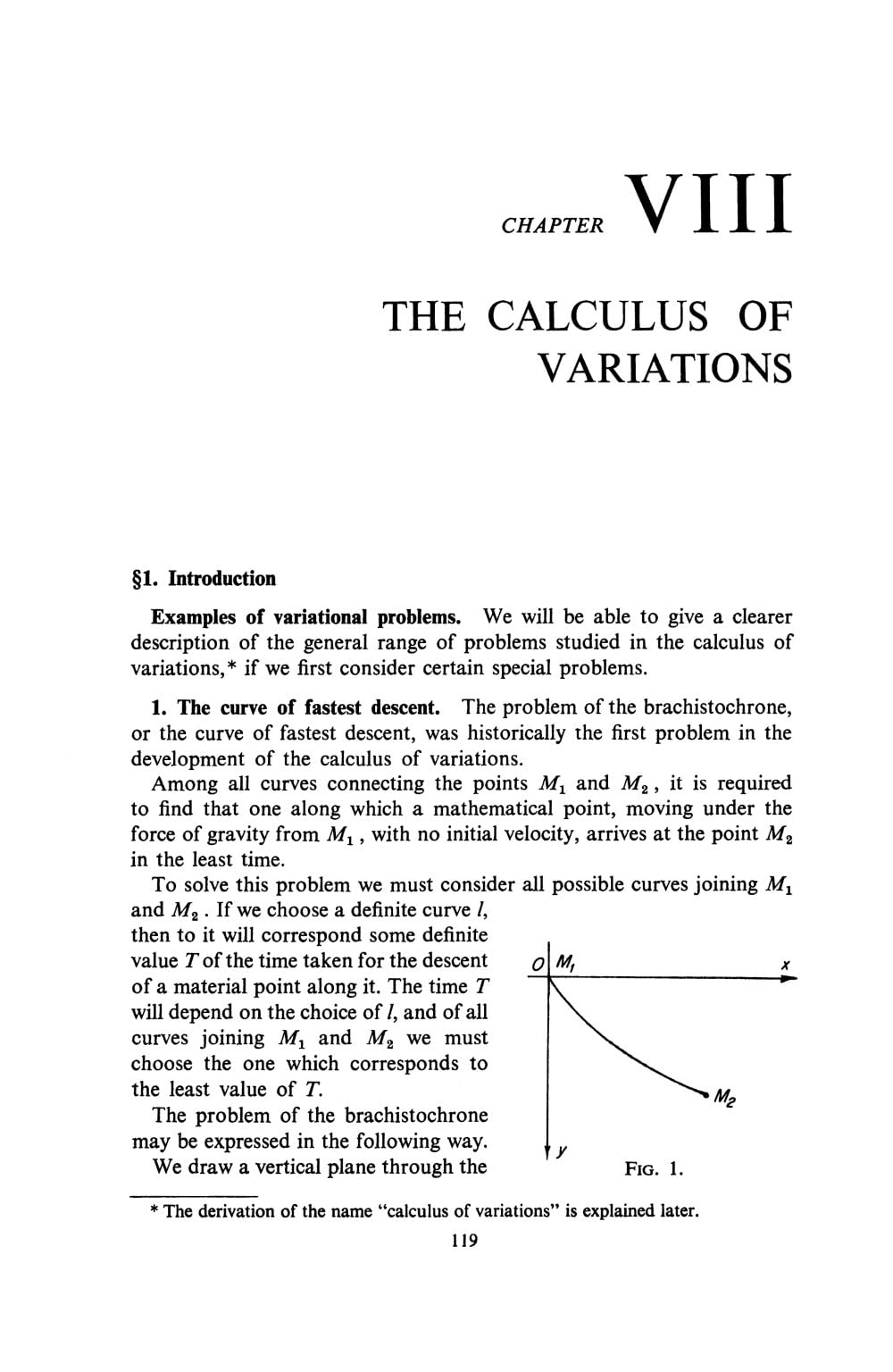
Mathematics: Its Content, Methods and Meaning (3 Volumes in One)

R**V
Priceless overview of Mathematics, written by some of the best mathematicians of XX century
“If you can't explain it to a six year old, you don't understand it yourself.”In this book, several of the best mathematicians of XX century explain their areas of research to high school graduates. That includes, for example, the genius Andrey Kolmogorov, who wrote the chapter on probability.For me, this book is a comprehensive overview of undergraduate math that I took (and parts that I didn't) in extremely short, accessible, yet rigorous form. The chapters include great real-life examples, history moments, critical definitions and proofs. Unlike university courses, which are pressured to include as much of important material, this book is written to be interesting and to explain key concepts - something that course textbooks often badly miss.Especially mind-blowing chapter is the one about analytic geometry. I never studied and never even seen anywhere a dedicated course on analytic geometry, its material was spread over various analysis, algebra, and differential equation courses, and never represented as a single consistent picture. However, from the chapter written by the genius Boris Delaunay it comes out as a fundamental math discipline, clear, intuitive and powerful, that explains many things done in other disciplines, which typically seem esoteric when taken out of geometric context.Besides super-strong math content, this book is also an intriguing historical document. Though the translator removed most of the unrelated communist propaganda content that these world-class scientists had to include to make the book printable in the USSR, the chapters still include some interesting materialist explanations of math principles. I think they did honestly believe in it in some ways, so most of the explanations make sense, and makes me think that maybe the view of mathematics as a pure abstract science, and not part of natural sciences, is incomplete, if not outright wrong.I can strongly recommend this book to young people considering choosing math or math-related major. I give the same recommendation to anyone who, like me, did study math but feels like misses something important.
W**N
Companion Le Deaux
I think a table of contents would be useful. I use this book as a supplement to the "Princeton Companion to Mathematics", a companion companion as it were, um . . . companion squared? If we differentiate (companion)(companion) we get 2companion or "Companion Le Deaux".VOLUME ONE, PART 1 CHAPTER I A GENERAL VIEW OF MATHEMATICS A. D. Aleksandrov§ 1. The Characteristic Features of Mathematics§ 2. Arithmetic§ 3. Geometry§ 4. Arithmetic and Geometry§ 5. The Age of Elementary Mathematics§ 6. Mathematics of Variable Magnitudes§ 7. Contemporary MathematicsSuggested ReadingCHAPTER II ANALYSIS M. A. Lavrent’ev and S. M. Nikol’ski?§ 1. Introduction§ 2. Function§ 3. Limits§ 4. Continuous Functions§ 5. Derivative§ 6. Rules for Differentiation§ 7. Maximum and Minimum; Investigation of the Graphs of Functions§ 8. Increment and Differential of a Function§ 9. Taylor’s Formula§ 10. Integral§ 11. Indefinite Integrals; the Technique of Integration§ 12. Functions of Several Variables§ 13. Generalizations of the Concept of Integral§ 14. SeriesSuggested ReadingPART 2 CHAPTER III ANALYTIC GEOMETRY B. N. Delone§ 1. Introduction§ 2. Descartes’ Two Fundamental Concepts§ 3. Elementary Problems§ 4. Discussion of Curves Represented by First-and Second-Degree Equations§ 5. Descartes’ Method of Solving Thirdand Fourth-Degree Algebraic Equations§ 6. Newton’s General Theory of Diameters§ 7. Ellipse, Hyperbola, and Parabola§ 8. The Reduction of the General Second-Degree Equation to Canonical Form§ 9. The Representation of Forces, Velocities, and Accelerations by Triples of Numbers; Theory of Vectors§ 10. Analytic Geometry in Space; Equations of a Surface in Space and Equations of a Curve§ 11. A fine and Orthogonal Transformations§ 12. Theory of Invariants§ 13. Projective Geometry§ 14. Lorentz Transformations ConclusionSuggested ReadingCHAPTER IV ALGEBRA: THEORY OF ALGEBRAIC EQUATIONS B. N. Delone§ 1. Introduction§ 2. Algebraic Solution of an Equation§ 3. The Fundamental Theorem of Algebra§ 4. Investigation of the Distribution of the Roots of a Polynomial on the Complex Plane§ 5. Approximate Calculation of RootsSuggested ReadingCHAPTER V ORDINARY DIFFERENTIAL EQUATIONS I. G. Petrovski?§ 1. Introduction§ 2. Linear Differential Equations with Constant Coefficients§ 3. Some General Remarks on the Formation and Solution of Differential Equations§ 4. Geometric Interpretation of the Problem of Integrating Differential Equations; Generalization of the Problem§ 5. Existence and Uniqueness of the Solution of a Differential Equation; Approximate Solution of Equations§ 6. Singular Points§ 7. Qualitative Theory of Ordinary Differential EquationsSuggested ReadingVOLUME TWO, PART 3 CHAPTER VI PARTIAL DIFFERENTIAL EQUATIONS S. L. Sobolev and O. A. Ladyzenskaja§ 1. Introduction§ 2. The Simplest Equations of Mathematical Physics§ 3. Initial-Value and Boundary-Value Problems; Uniqueness of a Solution§ 4. The Propagation of Waves§ 5. Methods of Constructing Solutions§ 6. Generalized SolutionsSuggested ReadingCHAPTER VII CURVES AND SURFACES A. D. Aleksandrov§ 1. Topics and Methods in the Theory§ 3. Basic Concepts in the Theory of Surfaces§ 4. Intrinsic Geometry and Deformation of Surfaces§ 5. New Developments in the Theory of Curves and SurfacesSuggested ReadingCHAPTER VIII THE CALCULUS OF VARIATIONS V. I. Krylov§ 1. Introduction§ 2. The Differential Equations of the Calculus of Variations§ 3. Methods of Approximate Solution of Problems in the Calculus of VariationsSuggested ReadingCHAPTER IX FUNCTIONS OF A COMPLEX VARIABLE M. V. Keldyš§ 1. Complex Numbers and Functions of a Complex Variable§ 2. The Connection Between Functions of a Complex Variable and the Problems of Mathematical Physics§ 3. The Connection of Functions of a Complex Variable with Geometry§ 4. The Line Integral; Cauchy’s Formula and Its Corollaries§ 5. Uniqueness Properties and Analytic Continuation§ 6. ConclusionSuggested ReadingPART 4 CHAPTER X PRIME NUMBERS K. K. Mardzanisvili and A. B. Postnikov§ 1. The Study of the Theory of Numbers§ 2. The Investigation of Problems Concerning Prime Numbers§ 3. ?ebyšev’s Method§ 4. Vinogradov’s Method§ 5. Decomposition of Integers into the Sum of Two Squares; Complex IntegersSuggested ReadingCHAPTER XI THE THEORY OF PROBABILITY A. N. Kolmogorov§ 1. The Laws of Probability§ 2. The Axioms and Basic Formulas of the Elementary Theory of Probability§ 3. The Law of Large Numbers and Limit Theorems§ 4. Further Remarks on the Basic Concepts of the Theory of Probability§ 5. Deterministic and Random Processes§ 6. Random Processes of Markov TypeSuggested ReadingCHAPTER XII APPROXIMATIONS OF FUNCTIONS S. M. Nikol? ski?§ 1. Introduction§ 2. Interpolation Polynomials§ 3. Approximation of Definite Integrals§ 4. The ?ebyšev(Chebyshev) Concept of Best Uniform Approximation§ 5. The ?ebyšev(Chebyshev) Polynomials Deviating Least from Zero§ 6. The Theorem of Weierstrass; the Best Approximation to a Function as Related to Its Properties of Differentiability§ 7. Fourier Series§ 8. Approximation in the Sense of the Mean SquareSuggested ReadingCHAPTER XIII APPROXIMATION METHODS AND COMPUTING TECHNIQUES V. I. Krylov§ 1. Approximation and Numerical Methods§ 2. The Simplest Auxiliary Means of ComputationSuggested ReadingCHAPTER XIV ELECTRONIC COMPUTING MACHINES S. A. Lebedev and L. V. Kantorovi?§ 1. Purposes and Basic Principles of the Operation of Electronic Computers§ 2. Programming and Coding for High-Speed Electronic Machines§ 3. Technical Principles of the Various Units of a High-Speed Computing Machine§ 4. Prospects for the Development and Use of Electronic Computing MachinesSuggested ReadingVOLUME THREE, PART 5 CHAPTER XV THEORY OF FUNCTIONS OF A REAL VARIABLE S. B. Ste?kin§ 1. Introduction§ 2. Sets§ 3. Real Numbers§ 4. Point Sets§ 5. Measure of Sets§ 6. The Lebesgue IntegralSuggested ReadingCHAPTER XVI LINEAR ALGEBRA D. K. Faddeev§ 1. The Scope of Linear Algebra and Its Apparatus§ 2. Linear Spaces§ 3. Systems of Linear Equations§ 4. Linear Transformations§ 5. Quadratic Forms§ 6. Functions of Matrices and Some of Their ApplicationsSuggested ReadingCHAPTER XVII NON-EUCLIDEAN GEOMETRY A. D. Aleksandrov§ 1. History of Euclid’s Postulate§ 2. The Solution of Loba?evski?§ 3. Loba?evski? Geometry§ 4. The Real Meaning of Loba?evski? Geometry§ 5. The Axioms of Geometry; Their Verification in the Present Case§ 6. Separation of Independent Geometric Theories from Euclidean Geometry§ 7. Many-Dimensional Spaces§ 8. Generalization of the Scope of Geometry§ 9. Riemannian Geometry§ 10. Abstract Geometry and the Real SpaceSuggested ReadingPART 6 CHAPTER XVIII TOPOLOGY P. S. Aleksandrov§ 1. The Object of Topology§ 2. Surfaces§ 3. Manifolds§ 4. The Combinatorial Method§ 5. Vector Fields§ 6. The Development of Topology§ 7. Metric and Topological SpacesSuggested ReadingCHAPTER XIX FUNCTIONAL ANALYSIS I. M. Gel? fand§ 1. n-Dimensional Space§ 2. Hilbert Space (Infinite-Dimensional Space)§ 3. Expansion by Orthogonal Systems of Functions§ 4. Integral Equations§ 5. Linear Operators and Further Developments of Functional AnalysisSuggested ReadingCHAPTER XX GROUPS AND OTHER ALGEBRAIC SYSTEMS A. I. Mal? cev§ 1. Introduction§ 2. Symmetry and Transformations§ 3. Groups of Transformations§ 4. Fedorov Groups (Crystallographic Groups)§ 5. Galois Groups§ 6. Fundamental Concepts of the General Theory of Groups§ 7. Continuous Groups§ 8. Fundamental Groups§ 9. Representations and Characters of Groups§ 10. The General Theory of Groups§ 11. Hypercomplex Numbers§ 12. Associative Algebras§ 13. Lie Algebras§ 14. Rings§ 15. Lattices§ 16. Other Algebraic SystemsSuggested ReadingINDEX
N**A
The Math Encyclopedia I Wished I Had in Primary School
This is my favorite math book I've ever read. As an amateur mathematician, looking to find my roots, and just explore the field of mathematics, there is no better book. Translated from the direct writings of the mathematical Giants of the 20th century, this book delivers concise, illuminating explanations paired with challenging, but accomplishable, examples and proofs. (Challenging meaning that the logical steps are definitely accomplishable for those with intermediate experience reading 2-3 math texts.)This is essentially a "math encyclopedia." I wish I could have read this in elementary school–it's a zoological categorization of math topics, which fascinating applications and almost magical properties. This is a great book to peruse. The chapters are not necessarily linked in sequential order, but having a basic knowledge of calculus is quite useful for interpreting multidimensional topics and functional analysis. (But they even have an introduction to calculus in the book! I didn't like it too much though; there were no practice problems.)For those who are interested in math, but do not know what types of math are out there––this book is for you. For those who enjoy a historical perspective on contemporary fields of mathematics and have experience reading technical mathematics, this will be an enjoyable, intriguing read.My favorites include the explanation of the Euler-Lagrange Equation and the explanation of Fundamental Groups of Motion. For further reference on my experience, I am currently a high school senior, having read a book on abstract algebra, completed a course on linear algebra, and single variable calculus.
Trustpilot
4 days ago
3 days ago